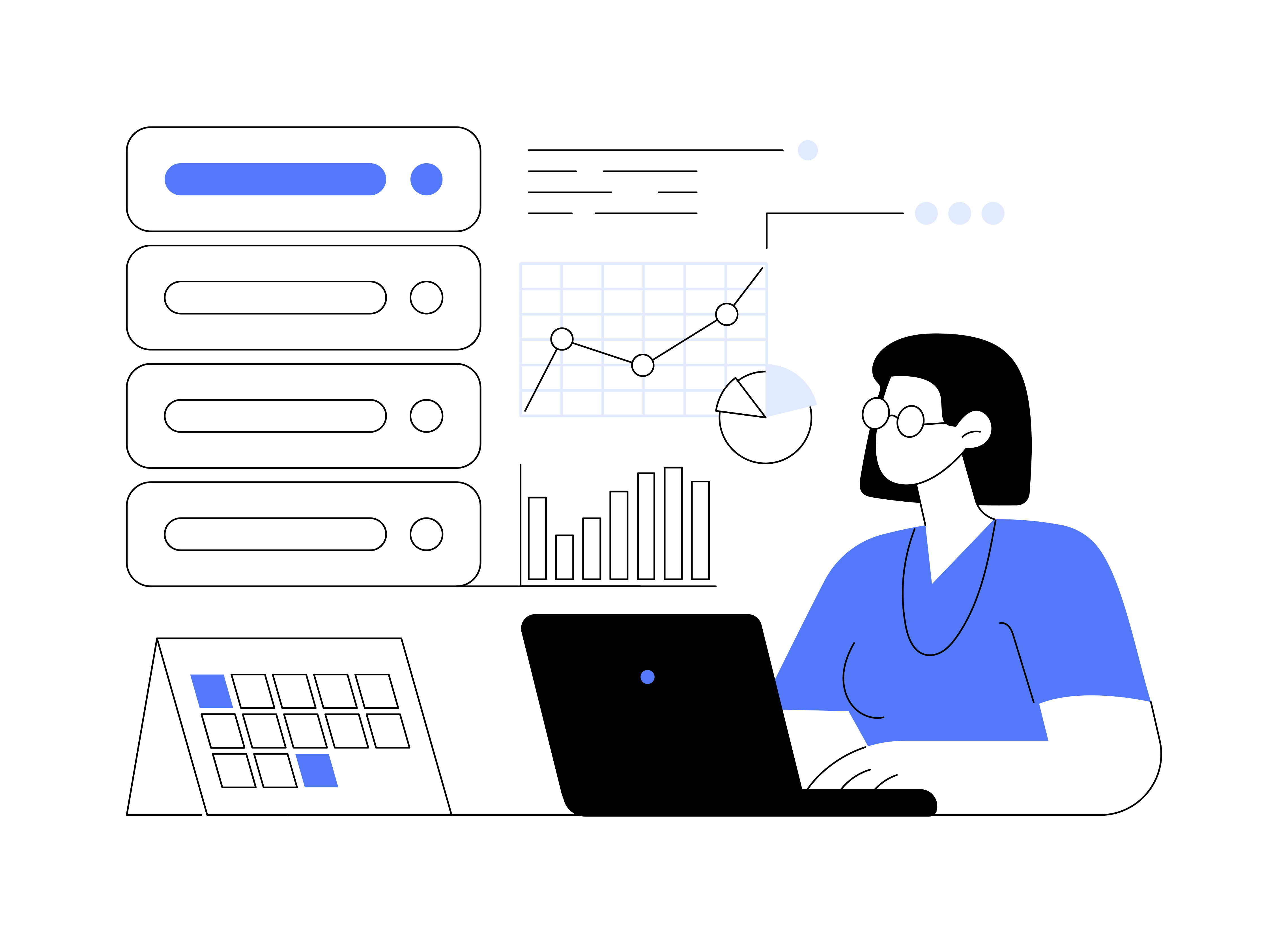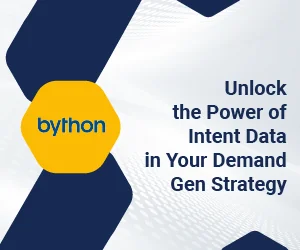Buyers are more likely to engage with companies that meet their specific requirements. A comprehensive B2B buyer persona must be created for this reason.
Your team could be squandering time pursuing prospects that don’t really work for your business. A B2B buyer persona will help your marketing team in targeting the right buyers. In addition, your customer base will understand that the product or service offered by you perfectly suits their wants and needs.
What is a B2B Buyer Persona?
A buyer persona is a complete behavioral, socioeconomic, firmographic, and psychological description of your ideal customer.
In a nutshell, a buyer persona reflects your ideal customers, including their age, location, preferences, dislikes, targets, wants, challenges, and motivations. When we apply this buyer persona definition to B2B marketing, it will change in subtle but important ways.
Generally, a B2B buyer persona centers around a product or service’s primary consumer or decision maker.
Creating a persona for a B2B client differs significantly from building a persona for a B2C customer. Most businesses create B2B buyer personas in the same manner as B2C buyer personas — based on demographics. Occasionally, companies will delve a bit deeper and include other more granular personality traits; however, these are usually quite basic.
Using demographics is an excellent starting point for developing a B2B buyer persona. Nevertheless, you should not invest too much effort on demographics only. They typically have little impact on whether or not a company needs sophisticated B2B products.
Typically, B2B buyer personas represent groups of comparable individuals who are decision-makers or consumers in the industries in which you run your business. For example, this might be a procurement head or an IT professional in a regional government body.
What Should a B2B Buyer Persona Have? 4 Key Components
First, you need to know what a B2B buyer persona looks like. It will be a digital or physical document – somewhat like a flashcard – that contains a fictional image of the buyer, and a bulleted list that tells you all about them. Here are the components to include in the persona:
1. Business-related demographic details
This first section discusses the fundamentals: who is this individual? Remember that this is a B2B persona, so the fact that they love hot and spicy foods — for instance — is quite irrelevant!
Among these key variables are industry, organization size, job position, and job seniority. One’s perception of the client’s persona can be enhanced by including his/her age and highest level of education.
Finally, you must know where and when to reach and target your audience. Therefore, social media identities or their preferred communication method should also be present in the B2B buyer persona.
(Also Read: Mistakes to Avoid When Creating Buyer Personas)
2. Decision-making drivers
This is what really sets a B2B buyer persona apart from a B2C one. Who’s their reporting manager? Is this individual empowered to make budgetary decisions? What role do they play in decision-making processes? Understanding how each persona shapes decisions will impact your messaging.
You can also add the motivations that drive purchase decisions. What are their professional priorities? What must they accomplish in order to be successful in their role? This could include generating leads, minimizing attrition, or enhancing the team’s competencies.
Similarly, KPIs can help quantify the buyer’s intent. How is success in the role measured, and can your product help move these metrics? This might include revenue generated, sales, potential clients, and customer retention.
3. Decision-making blockers
These are the roadblocks that prevent them from achieving the targets you identified in the earlier section. Do existing suppliers satisfy their requirements? Are they, in some way, resistant to your solution? It is advantageous to identify the obstacles and worries faced by this segment.
How, in light of the preceding ideas, will your product or solution assist them in overcoming their challenges and reaching their targets? Try to be specific, so that the B2B buyer persona is short, memorable, and actionable.
4. Ancillary information
A range of buyer personas for businesses are often created with even more in-depth analysis. This serves to create a more comprehensive impression. For instance, what are their professional goals? How long have they been working in the field? Details about pastimes, hobbies, and other interests can also influence the persona, especially for senior decision-makers.
Also, try to collect data on their past product use. What services and products are they currently using? What features do they enjoy or dislike? What problems have they encountered with products in your area of expertise? This helps in pinpointing the issue you’re trying to resolve.
Steps to Create a B2B Buyer Persona
Now, to create the persona, follow these steps:
1. Gather data
To develop a comprehensive and precise buyer persona, request inputs from every team that interacts with your customers — like sales, customer service, and marketing. Google Analytics, social listening apps, as well as marketing automation tools may offer demographic and behavioral data. Your CRM also serves as a rich repository of data on client demographics, engagement, and purchasing patterns.
2. Ask customers for their input
In addition to the knowledge you already possess, you can conduct additional research and directly contact customers and prospects via surveys. Use reviews and testimonials to better understand motives and challenges. The sales or customer service teams will also have a wide range of insights into your buyer’s personalities and behaviors.
3. Create broad profiles
You are now aware of what needs to be included and how to find the data. But how do you begin to develop buyer personas? The key is to identify trends and correlations in your data. An excellent starting point is enterprise-wide data, as it segments easily into distinct categories.
Another great place to begin is by asking an essential question: who, within the businesses you target, has led you to your most profitable outcomes?
Analyze the identical dataset from an alternative perspective to get the answer. For instance, you may wish to figure out which job positions at bigger organizations lead to sales.
Matching the various positions with the different organization sizes will produce several buyer profiles. You can try the same thing with other variables – such as industry cross with buyer seniority, etc.
4. Put together up to seven personas
Buyer personas become pointless if you have too many of them. Therefore, aim for five or six – a maximum of seven. At this stage, they’ll be nothing but rough drafts. After creating your personas, evaluate them. Analyze your customer base and determine if the vast majority of clients fall into the defined categories.
Make sure your buyer personas are open and readily available to your team. This may involve posting personas on an intranet, mounting posters, or disseminating flyers to staff members (sales, marketing, customer service). These are the individuals who will directly or indirectly interact with your customers.
Summary and Key Takeaways
B2B buyer personas are customer segmentation profiles. They emphasize important traits and details about each segment in order to assist you in crafting messages with genuine impact.
Since B2B purchasing decisions are typically not made by a single individual, personas are crucial for marketers. You may need to create multiple personas and comprehend their interrelationships when it pertains to decision-making. For optimal results, ensure that your communication & marketing strategies resonate with each persona.
For more on personas, also read about the customer journey map, which will help you target the right people at the right stage of the purchase journey.







